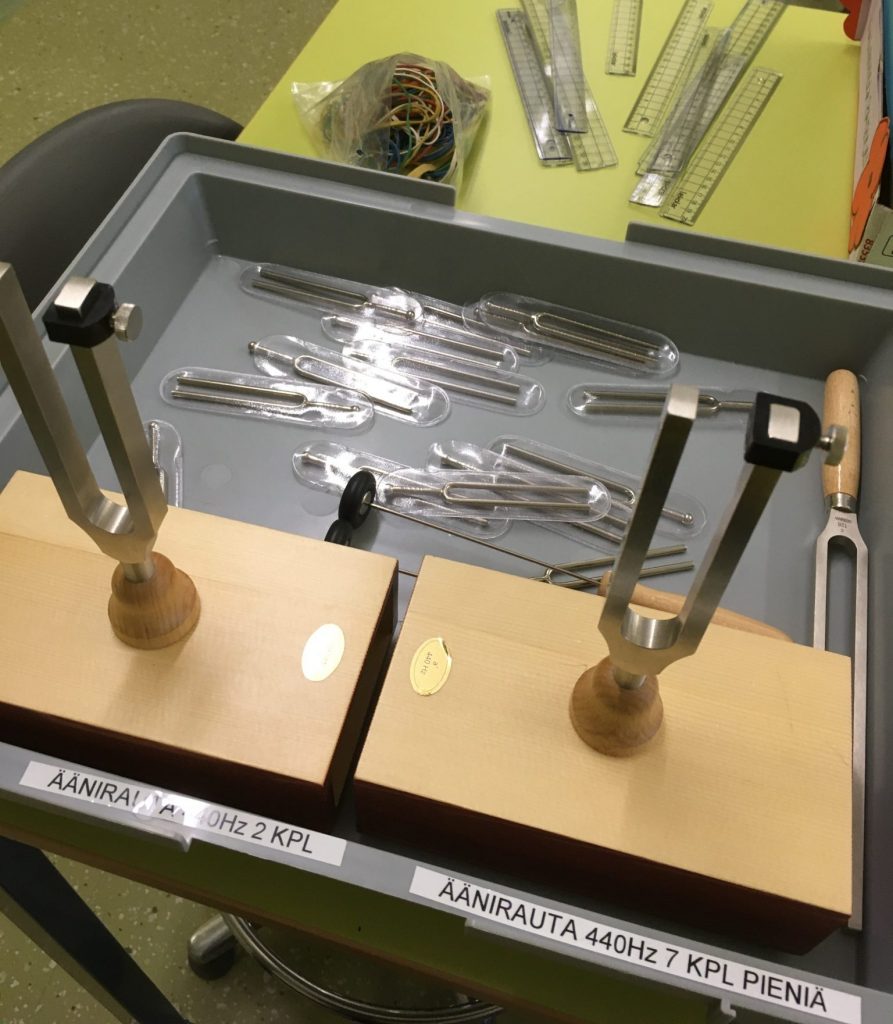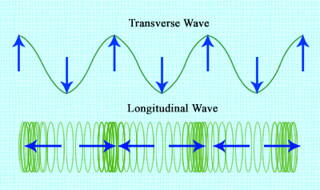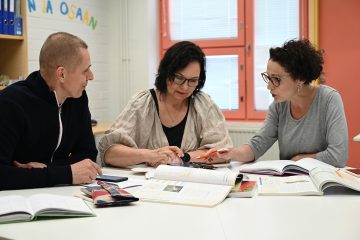Learning physics helps us to understand the world around us. In Finnish curriculum, physics as its own subject starts in lower secondary school when students are 13 years old. Before that physical phenomena have been studied in environmental science, biology and geography lessons. During the grades 7-9 students will learn basics about sounds, lights, temperatures, mechanics, movement, interactions, energy, density, pressure, electricity and magnetism as well as what physics is all about as a branch of science. Students will do a lot of science experiments and learn how to measure, ask questions and research.
This lesson was planned for 7th grades (13 years olds), who have just started to learn physics. Before this lesson, we have talked and experienced different kind of vibrations with pendulums, springs and simulations. Students have learned that there are longitudinal and transverse vibration, what features they have and how to identify them. Students also know what frequency means and how to calculate it. This lesson is all about making sounds and to understand that every sound needs a vibrator.
1. Pair discussion (5 min)
As a warm up, instruct students to talk with their neighbour about how could they produce sound. Give them couple of minutes and collect the ideas together afterwards.

2. Science experiment (40 min)
Science experiment: Making sounds
(25-30min for students to experiment and 10-15 min for discussion about the results)
Students will make sound with different items, observe and take notes what they see and hear. Students may work in pairs or small groups. I have a seating plan for students and each have a pair or a small group to work with every lesson. Give the items you have chosen to students and help them as little as possible. Let them try out different ways of producing sound by themselves . Here are four examples for the items and how to use them, if the students need help. Ask them questions to help them observe the phenomena. You can let the students try all items at once or walk them through one item at a time, depending on the calmness of the group
- Ruler: Put the ruler at the edge of the desk, couple of centimeters outside. Pluck the ruler with your fingers. Change the lenght which is outside the table. Observe. Touch the ruler to silence it, how does it feel? Take notes.
- Rubber band: Stretch the rubber band between your fingers. Make it tight or loose. Pluck it. Try rubber bands with different thickness. Observe and take notes.
- Test tubes: Take 3-4 same size test tubes and test tube rack. Fill the tubes with different amounts of water. Blow into the tubes. What is it that we hear? Water or air? Observe and take notes.
- Tuning fork: Hit the tuning fork lightly to the table and bring it near your ear. Hit a bit hardly. Silence it with your fingers. Observe and take notes.

If the students know what frequence means, you can discuss, which item has the highest and which has the lowest frequence.
After the experiment, discuss each of the items together. What observations did students have? What did they feel and hear? Show or steer the discussion to the “answers”, which you can read from the lesson plan in LessonApp.
3. Teaching discussion (15 min)
Theory from teacher: Hopefully students had the conclusion during the experiment, but clarify the theory at the end of the lesson: To produce sound we need something that vibrates.
Discuss together, what vibrates in different musical instruments or sound makers?
- Guitar (string), flute (air), drum (diaphgram)
- Knocking on a door? (the door)
- Whistling? (lips)
- Singing or talking? (vocal cords)
A bit more theory: Sound waves are longitudinal waves.
–> Show a picture or simulation about the waves moving through the air if you can.
(Talk more about longitudial and transverse wave motion before or after this lesson with older students)
4. Extra
If students were efficient and you have too much time left or for homework:
Ask the students and debate over:
1) Could you hear sounds in the space? (No, there is no air or other that could vibrate)
2) Why can you see the light before you hear the sound in thunderstorm? (Light travels faster than sound, which leads the discussion to the next lesson, how fast does sound travel?)






0 Comments